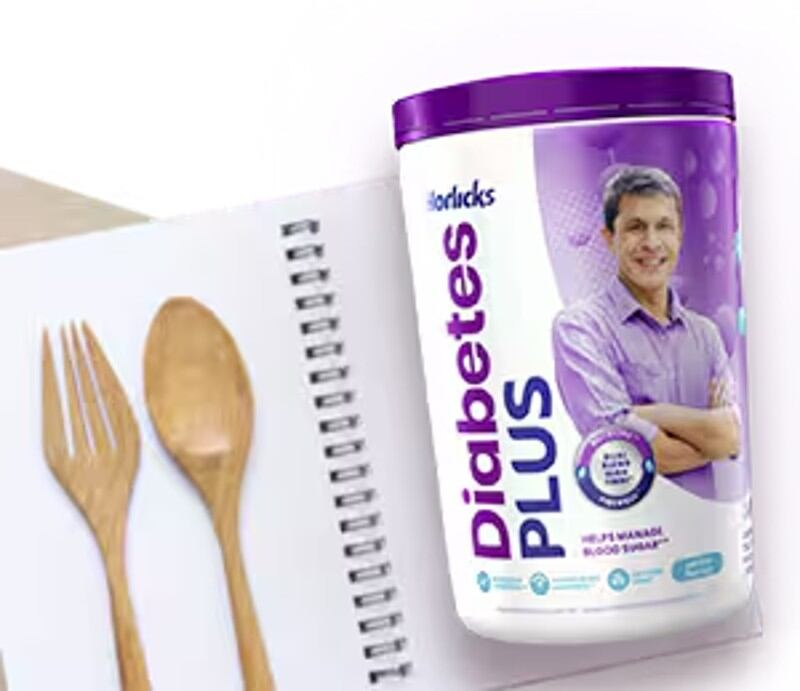HUL recently announced its Q1FY2024 financial results, reporting 3% year-on-year underlying sales growth to INR595.8bn (US$) in turnover and 4% year-on-year growth in profits after tax to INR101.1bn (US$) this quarter.
According to HUL CFO Ritesh Tiwari, much of thi was contributed by the company’s Foods and Refreshment category, comprising of nutrition drinks brands such as Horlicks and Boost as well as its ice cream, condiments and tea businesses.
“Across HUL’s three major segments of Home Care, Beauty and Personal Care and Foods and Refreshment, the latter performed [the best with] positive pricing and mid-single-digit growth,” he told the floor at the most recent HUL investors’ meeting announcing the Q1FY2024 financial results.
“We had invested a lot into innovations and activations for this category, such as in ice cream with multiple product innovations [such as] a Cadbury partnership to launch an ice cream incorporating Cadbury Crackle Chocolate and Feast; as well as the Mango Duet ice cream.
“Our teas have also further strengthened market leadership in this quarter [and despite seeing] consumers downgrading, green Tea and functional tea continued to perform well.”
Tiwari highlighted a continued focus on its nutrition drinks portfolio as well as hopes that even more gains are to come from this category now that it is less hindered by inflationary pressures.
“The functional nutrition drinks range which includes Horlicks and Boost delivered strong single-digit growth, led by outperformance in the science-backed Plus range – this was not solely based on price growth, but both pricing and volume growth,” he added.
“The Plus range comprises products targeting areas such as protein, diabetes, women’s health and more, and this is the part of the business that is more premium and has seen more acceleration in terms of growth.
“We have been working hard to drive consumption in this category because it is what took a beating in the high inflationary period, with milk being one of the limiting factors impacting consumption – now that fresh milk prices have tapered off and are now more benign, overall the commodity costs going into these products have seen some deflation.
“So all put together, the pricing and the cost element is now going to help us in terms of driving further consumption build, and going forward, the focus singularly for us remains to keep building consumption.”
HUL CEO Rohit Jawa added that the firm would also be further investing in this range to increase its accessibility to more consumer groups.
“We placed a lot of focus on building the Plus range as it was the more premium part of the portfolio and we have seen encouraging results, so now we are also investing into the products in terms of making the packs more accessible,” he said.
“This means bringing down the average price point per pack which [will contribute towards increasing] penetration; as well as building more salience of the brand and developing the portfolio to more variants, and with these sorts of initiatives we have already seen market share and incremental growth improving.”
Reach requirements
Jawa stressed that there is a need to move the HUL nutrition portfolio beyond a premium functional brand to increasing access and reach due to the role it has to play in terms of India’s malnutrition challenges.
“The category serves an important community need of fulfilling the carbohydrate, protein and micronutrient deficiency of the average Indian, whether men or women, poor or rich,” he said.
“It's a pan-India opportunity and therefore, this category has real purpose in the lives of people that it improves their functional health.
“At present, this category is still underpenetrated mainly in South and East India so there's a huge opportunity for us to get this category to grow - and we know this is very possible as we already have great templates in South East Asia, for instance, where the category is much bigger.”
He also expressed optimism for the near future and a belief that ‘the worse is behind’ the market, hoping that this represents an opportunity for rural consumers to become a bigger part of the picture as a result.
“Over the last few years, the inflation or price increases were quite sizable [and so had] an impact especially on rural sales, as it came through COVID and inflation shocks,” he said.
“But I think we are seeing gradual recovery - we are hopeful of a better monsoon [which] does have an impact as we all know [on] the agri economy and therefore rural consumption – yet I think in that sense, most likely the worst is past us.
“From here onwards we do see gradual recovery in rural consumption and of course urban consumption has been more resilient especially at the premium end [so] I believe now that we've had some years a negative, perhaps the positive end of the cycle is coming in.”
We will be discussing important topics such as Healthy Ageing, Women's Health, Active Nutrition, Food and Nutra for Kids, Healthier Product Innovations and more at our upcoming Growth Asia Summit 2024 with a whole raft of experts joining us - click here to find out how you can join us in this discussion.


